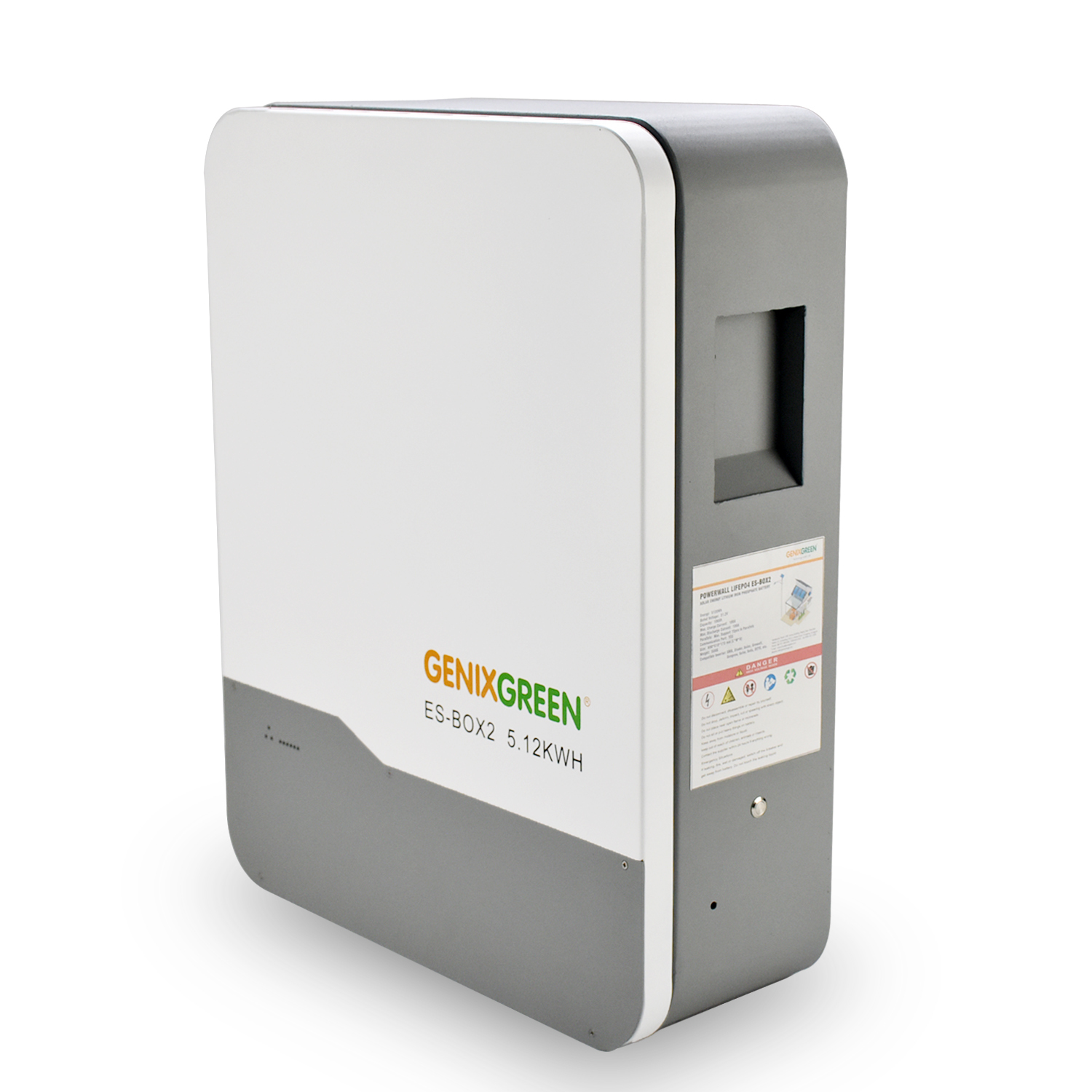Released on May. 16, 2022
The type of battery used in a power bank is a matter of choice. Li-Ion, 18650, and Li-polymer batteries are the most common types of rechargeable batteries in power banks in use today. In general, Li-Ion batteries are less expensive and have a limited mAh capacity, while Li-Polymer batteries can be larger and have no memory effect after extended use.
Most large power banks use 18650 batteries.
These batteries are 18 mm in diameter and 65 mm high. Each battery has a capacity of approximately 2500 mAh. Thus, a parallel combination of these batteries means that the capacity of a power bank can range from 5,000mAh to 10,000mAh or more.
Interestingly, Tesla engines use modified versions of these batteries (of various sizes) in the operation of their vehicles. For this reason they have a custom battery factory called the Gigafactory. This is longer than the tallest building in the world.
However, thinner and smaller power banks use lithium-ion or lithium-polymer batteries. They are definitely lighter than the traditional power banks we use every day.
Batteries most commonly used in mobile devices and power banks are measured in ampere-hours and milliamps to get a non-decimal number. The mAh classification represents the capacity for energy flow over time.
A 18650 battery is a cylindrical battery with a liquid inside. Due to the design and material of the battery, the 18650 is primarily suited for high current or high amperage. Therefore, almost all laptops and electric cars are equipped with 18650 batteries. However, some super notebooks cannot use 18640 batteries due to energy saving requirements. They have switched to lithium polymer batteries.
Advantages of 18650 batteries include

High capacity
18650 batteries are usually quite large. And in most cases, the total capacity of the battery is only about 800mAh, while 18650 lithium batteries are generally 1200-3600 mAh. When 18650 cells are combined with other 18650 lithium cells, 18650 battery pack cells can easily exceed the 5000mAh point.
Longevity
18650 batteries are known and loved for their longevity. Under normal use, service life and cycle life can reach 500 times or more. This is more than twice the normal value of a normal battery.
High Security Performance
18650 lithium batteries are highly secure, virtually non-explosive and non-burning, non-toxic, environmentally friendly, and RoHS certified. Enjoy a variety of security features in one location. Cycle counts are more than 500 times higher, heat resistance is good, and discharge efficiency is an impressive 100%.
High Voltage
18650 lithium batteries typically have voltages of 3.6V, 3.8V, and 4.2V, much higher than the 1.2V voltages of nickel metal hydride and nickel cadmium batteries.
No memory effect
When using 18650 batteries, there is no need to empty or drain the remaining power in the battery before recharging the power bank. This makes use more convenient and also allows you to store power.
There are also considerable limitations to the use of 18650 batteries. One of them is ;
18650 batteries may use more connections, increasing system impedance and increasing the risk of poor connections.
Low power batteries require more and more parallel wires to achieve higher power consumption.
Establishing active equilibrium in individual cells is very difficult and expensive.
Monitoring the SOH (state of health) of individual cells is difficult and expensive.
There are size disadvantages. Batteries are cylindrical and cannot be packed tightly, taking up more space.
Yes, it is very possible to DIY a 18650 power bank. This is most likely feasible if you have all the components needed to create the power bank.
Required components:.
18650 lithium battery cells
The TP4056 module has battery protection circuitry.
3V to 5V boost converter with 1A current regulation
Slide switch
The name 18650 is derived from the size and dimensions of the battery, as this is the term used to describe a cylindrical battery with a diameter of 18 mm and a height of approximately 65 mm. These batteries are also available in a variety of corresponding capacities, depending on the application. These are rechargeable batteries with a 3.7 V output.
The method of charging a single lithium-ion battery requires two stages
Constant current (CC)
Constant Voltage (CV)
During the constant charge phase, the charger must deliver a constant current with the voltage rising to the voltage limit. Then, during this period, a voltage corresponding to the upper battery limit is applied and the current is continuously reduced to the minimum current threshold (about 3% of constant current). This is all performed by the TP4056 module, a very reliable and economical option.
Module TP4056A
A low-cost charging solution for charging Li-ion and 18650 mobile batteries. The Micro-B connector and easy-to-adjust 1A output current control make this a reliable choice for charging low-capacity batteries. The module can be connected to a wall outlet or a USB to Micro-B cable. It consists of an integrated PMOS switch architecture that reduces the total number of additional components.
The module also has two indicators. A red LED (L1) indicator shows the current state of charge. A blue LED (L2) indicates that the charging process is complete.
Navigation
Mob: +86 186 6629 0033
Tel: +86 0769 85544410
Fax: +86 0769 85544410
E-mail: info05@zwaynenergy.com
WhatsApp: +86 137 1409 6556
Wechat: +86 186 6629 0033
Office: 16th Floor, Yunhua building, shajing Town, Shenzhen, PRC
Add: Room 101, Building 1, No. 18 Hu Nan Road, Changping Town, Dongguan City, Guangdong Province
Follow Us